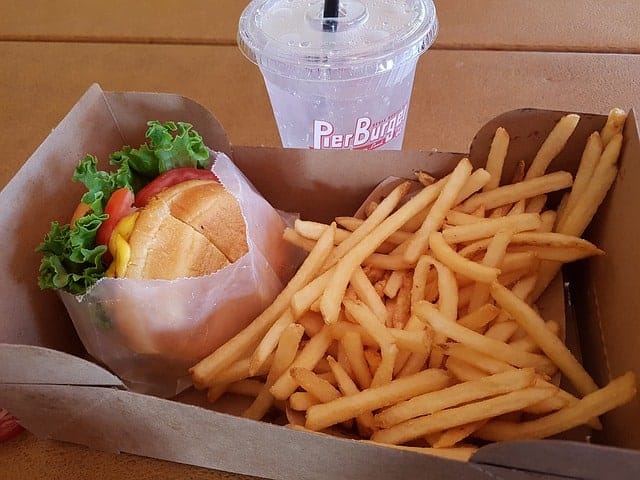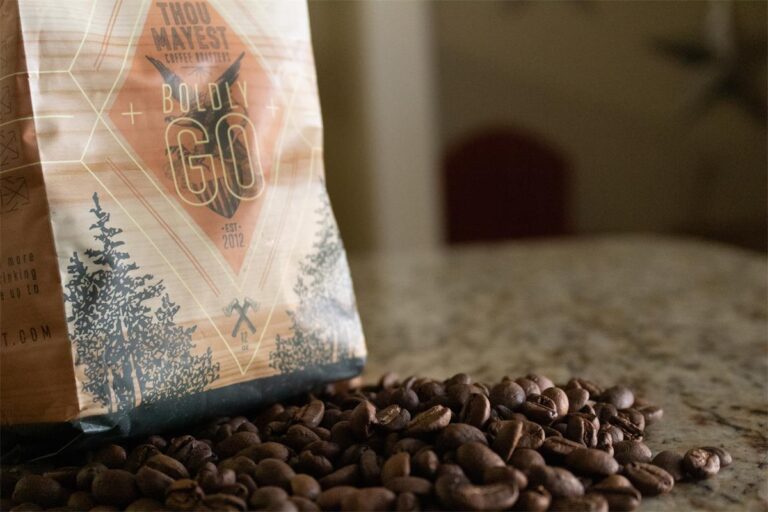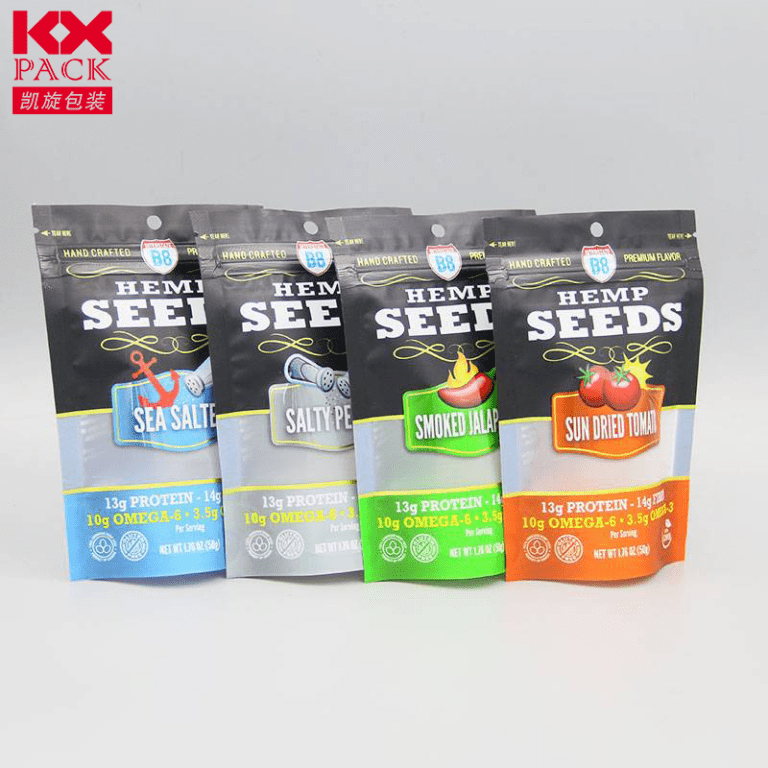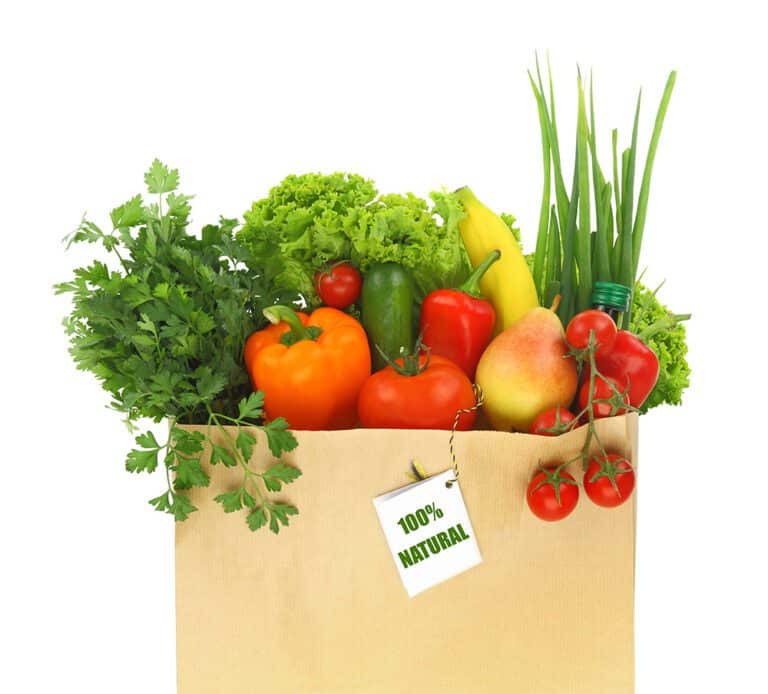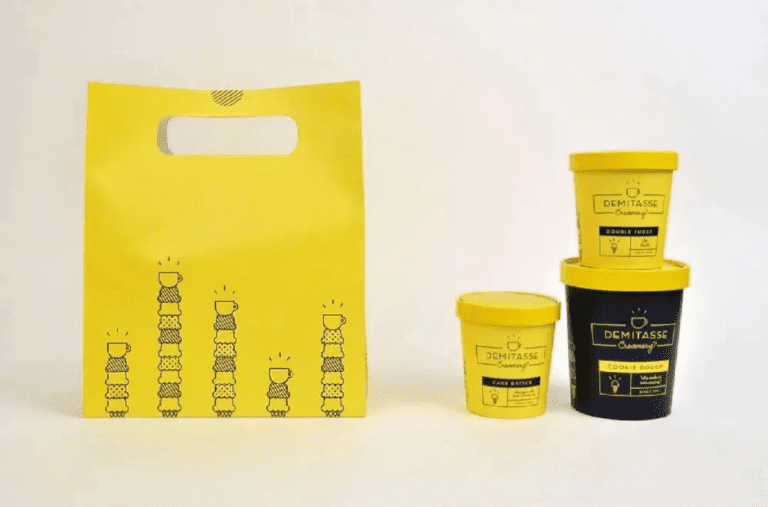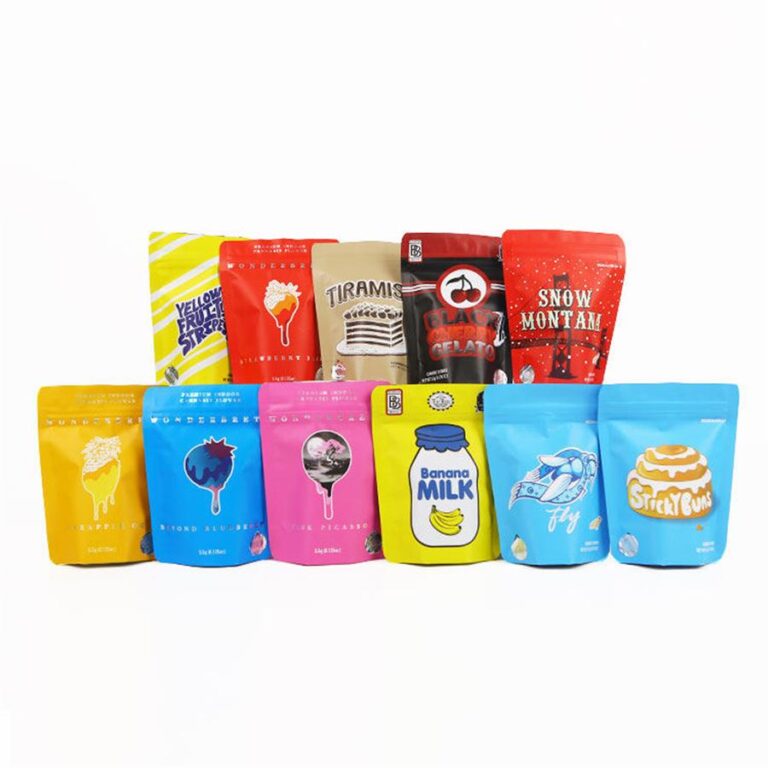Cum să alegeți materialul potrivit pentru pungile de ambalare a alimentelor
Cum să alegeți materialul potrivit pentru pungile de ambalare a alimentelor
Selectarea materialului adecvat pentru pungile de ambalare alimentară joacă un rol crucial în asigurarea siguranței, prospeţime, și impactul asupra mediului al produselor alimentare. Atunci când alegeți materialul potrivit pentru pungile de ambalare a alimentelor, trebuie luați în considerare mai mulți factori, cum ar fi utilizarea prevăzută a ambalajului, Compatibilitatea alimentară, Cerințe de reglementare, și obiectivele de sustenabilitate. Acest articol își propune să ofere un ghid cuprinzător pentru selectarea materialului potrivit pentru pungi de ambalare a alimentelor, aprofundarea diferitelor opțiuni disponibile și avantajele și limitările lor respective.
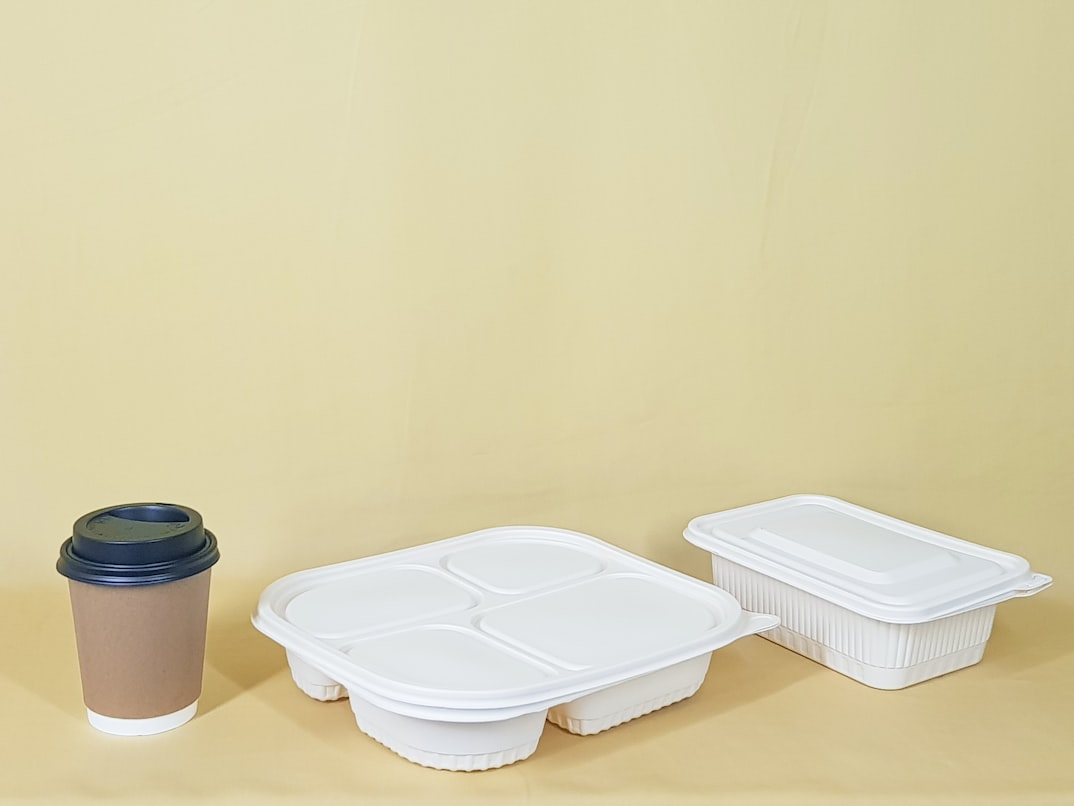
- Înțelegerea diferitelor tipuri de materiale de ambalare a alimentelor:
- Materiale plastice: Explorarea caracteristicilor materialelor plastice comune utilizate în ambalajele alimentare, cum ar fi polietilena (PE), polipropilenă (PP), și tereftalat de polietilenă (ANIMAL DE COMPANIE).
- Hârtie și carton: Analizarea adecvării hârtiei și cartonului pentru diferite tipuri de produse alimentare și impactul lor asupra mediului.
- Ambalaj metalic: Examinarea utilizării aluminiului și a tancului pentru ambalajele alimentare și beneficiile acestora în ceea ce privește protecția produsului și durata de valabilitate.
- Materiale biodegradabile și compostabile: Discutarea creșterii materialelor biodegradabile și compostabile ca alternative durabile la materialele de ambalare tradiționale.
- Factori de luat în considerare atunci când alegeți un material:
- Siguranța alimentelor: Evaluarea capacității materialului de a menține calitatea alimentelor și de a preveni contaminarea.
- Proprietăți de barieră: Evaluarea capacității materialului de a oferi o barieră eficientă împotriva umidității, oxigen, ușoară, și alți factori externi.
- Extensia duratei de valabilitate: Explorarea modului în care diferite materiale contribuie la extinderea duratei de valabilitate a produselor alimentare.
- Impact asupra mediului: Având în vedere impactul asupra mediului al fiecărui material, inclusiv factori precum reciclabilitatea, Biodegradabilitate, și amprenta de carbon.
- Respectarea reglementărilor: Înțelegerea reglementărilor și orientărilor relevante care reglementează materialele de ambalare alimentară pentru a asigura conformitatea și siguranța consumatorilor.
- Aplicații și adecvarea diferitelor materiale:
- Ambalaj pentru produse proaspete: Evaluarea celor mai bune materiale pentru ambalarea fructelor proaspete, legume, și salate pentru a -și menține prospețimea și prelungirea duratei de valabilitate.
- Ambalaje alimentare congelate: Explorarea materialelor cu rezistență excelentă la umiditate și performanță la temperaturi scăzute pentru ambalarea produselor alimentare congelate.
- Mese gata de mâncare și ambalaje alimentare convenabile: Discutând despre materiale care oferă comoditate, Microwaveabilitatea, și rezistență la căldură pentru ambalarea meselor gata de consum.
- Ambalaj lichid și băuturi: Analizarea adecvării materialelor pentru lichidele de ambalare, inclusiv sucuri, sosuri, și băuturi.
- Ambalaje de gustare și cofetărie: Examinarea materialelor care oferă proprietăți de barieră, Asigurarea prospețimii și integrității produselor de gustare și cofetărie.
- Viitorul materialelor de ambalare alimentară durabilă:
- Inovații în bioplastică: Discutarea dezvoltării materialelor plastice bazate pe bio derivate din resurse regenerabile ca alternative viabile la materiale plastice tradiționale.
- Inițiative de economie circulară: Explorarea conceptului de economie circulară și aplicarea acesteia la ambalajele alimentare, inclusiv utilizarea de materiale reciclate și ambalaje compostabile.
- Percepția consumatorilor și cererea de ambalaje durabile: Discutarea conștientizării și cererii crescânde pentru ambalaje ecologice în rândul consumatorilor.
- Colaborări și eforturile industriei: Evidențierea eforturilor de colaborare între părțile interesate din industria ambalajelor alimentare pentru a conduce inovația și durabilitatea.
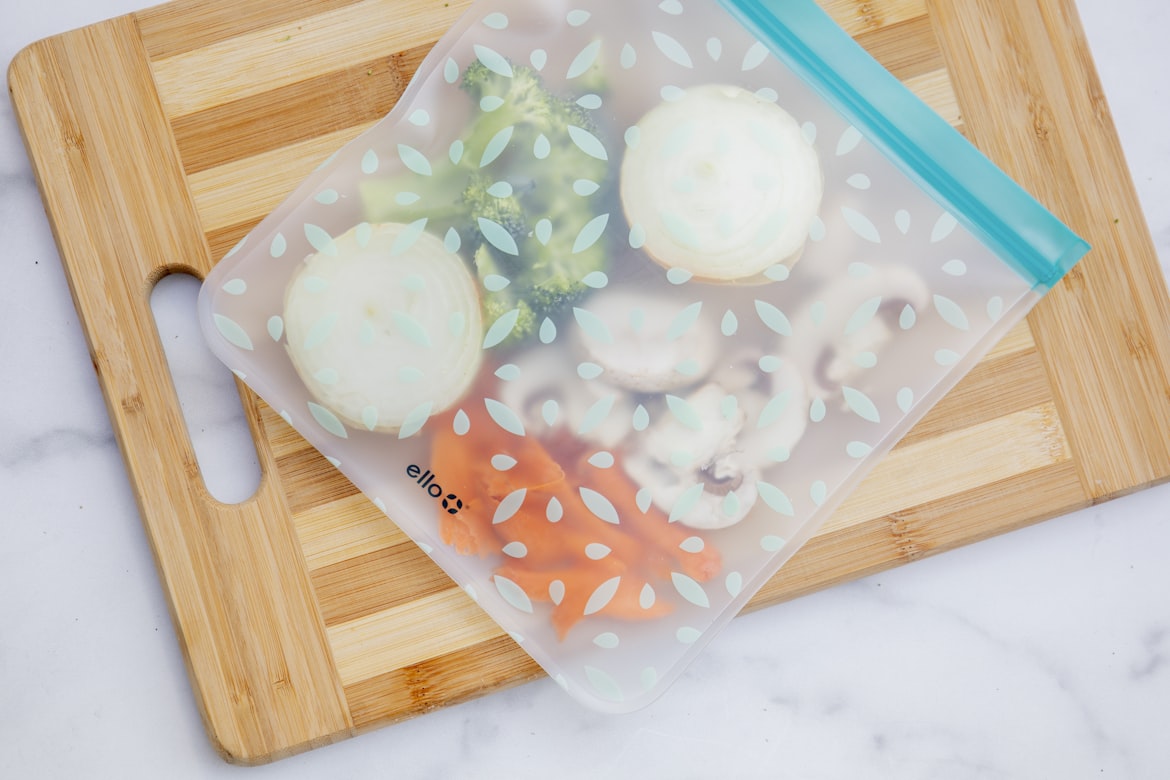
Concluzie:
Alegerea materialului potrivit pentru pungile de ambalare a alimentelor este o decizie critică, cu implicații pentru siguranța alimentelor, Prosperarea produsului, și impactul asupra mediului. Luând în considerare utilizarea prevăzută, Compatibilitatea alimentară, respectarea reglementărilor, și obiectivele de sustenabilitate, Întreprinderile pot face alegeri în cunoștință de cauză și pot contribui la o industrie mai durabilă și mai responsabilă. Îmbrățișarea materialelor inovatoare și adoptarea unei abordări a economiei circulare va deschide calea către un viitor în care ambalajul alimentar este atât funcțional, cât și conștient de mediu.
contactați experții noștri în ambalarea alimentelor

